T4K3.news
Deep sea find reveals methane fueled ecosystem in hadal trenches
A methane-based ecosystem was found in the deep hadal trenches between Russia and Alaska, powered by chemosynthesis rather than sunlight.
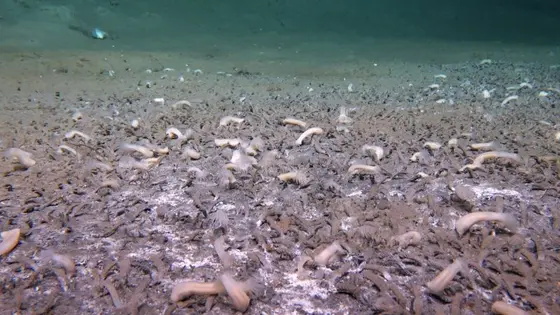
Scientists report a methane-based ecosystem thriving in the hadal zone, powered by chemosynthesis rather than sunlight.
Deep sea find reveals methane fueled ecosystem in hadal trenches
Between 5800 and 9500 meters depth in trenches between Russia and Alaska, researchers used a deep-sea submersible to explore a 2,500-kilometer stretch of the hadal zone. They found methane-producing microbes and organisms such as clams and tube worms that rely on chemosynthesis to obtain energy rather than sunlight. The findings were published in Nature on July 30, and they suggest this methane-driven ecosystem may occur in other deep trenches.
Sediment analysis showed high methane levels, and researchers propose that microbes convert organic matter to methane, which fuels the food chain. This expands the role of hadal trenches in the carbon cycle and positions them as potential methane sinks. The Global Hadal Exploration Program, co-led by UNESCO and the Chinese Academy of Sciences, aims to broaden international collaboration in studying these depths.
Key Takeaways
"Even though we see the hadal trench as a very extreme environment, the most inhospitable environment … (chemosynthetic organisms) can live happily there,"
Du describing resilience of life in extreme depths
"life needs tricks to survive there"
Du summarizing survival strategies in hadal zones
"The deep ocean is very connected to what’s happening on the surface"
Weston on surface-ocean links
"The discovery suggests that these communities might also exist in other hadal trenches"
Du on broader implications
The study reframes the deep sea as an active, methane-based web of life that thrives without sunlight. It demonstrates how advanced equipment and cross-border teamwork can push the boundaries of our knowledge and reshape models of the carbon cycle.
Yet every discovery invites questions about governance, funding, and how quickly new findings should inform policy and climate models. As nations push to map and study the deepest realms, scrutiny over data sharing, funding, and potential benefits will grow and shape future collaborations.
Highlights
- In the dark, life uses methane as a sun
- Life finds tricks to thrive where light cannot reach
- The trench reshapes our view of the carbon story beneath our feet
- The deep ocean connects to the surface in surprising ways
Potential political and collaboration sensitivities
The study involves multiple nations and major institutions, raising potential political sensitivities around funding, access to data, and governance of deep-sea research.
The deep ocean keeps widening our map of life and the carbon cycle.
Enjoyed this? Let your friends know!
Related News
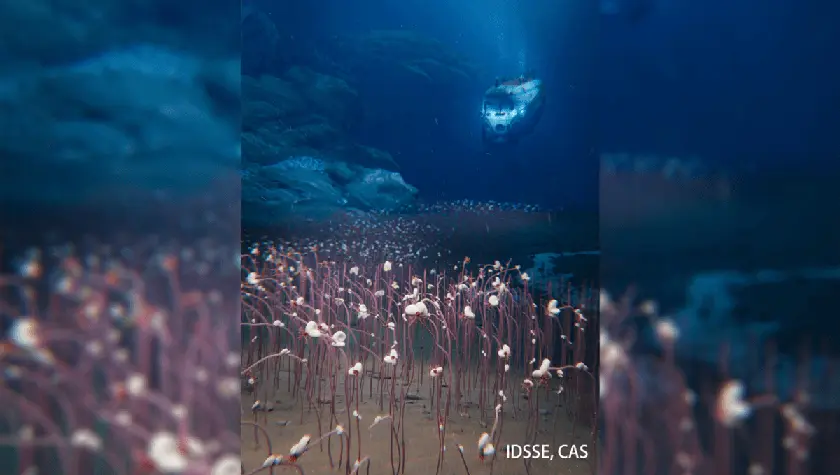
New Ecosystem Found 9,533 Meters Undersea
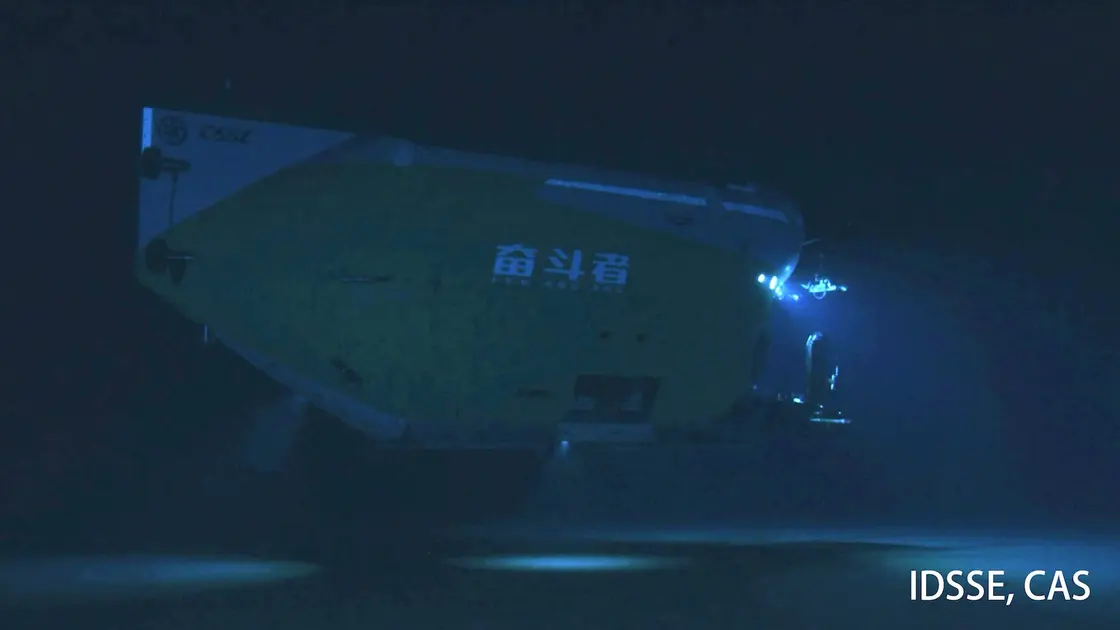
Significant marine life discovered at extreme ocean depths
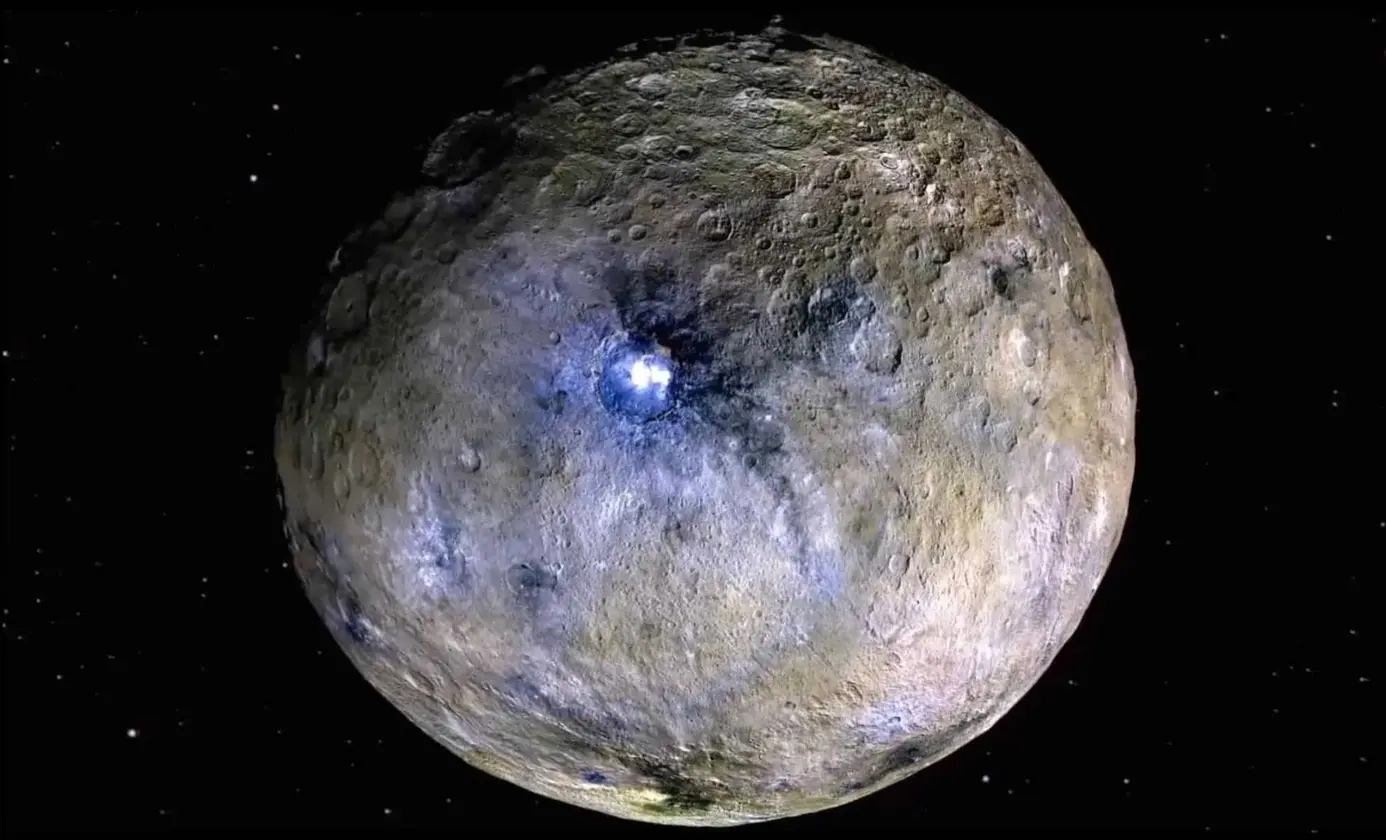
Habitable past on Ceres
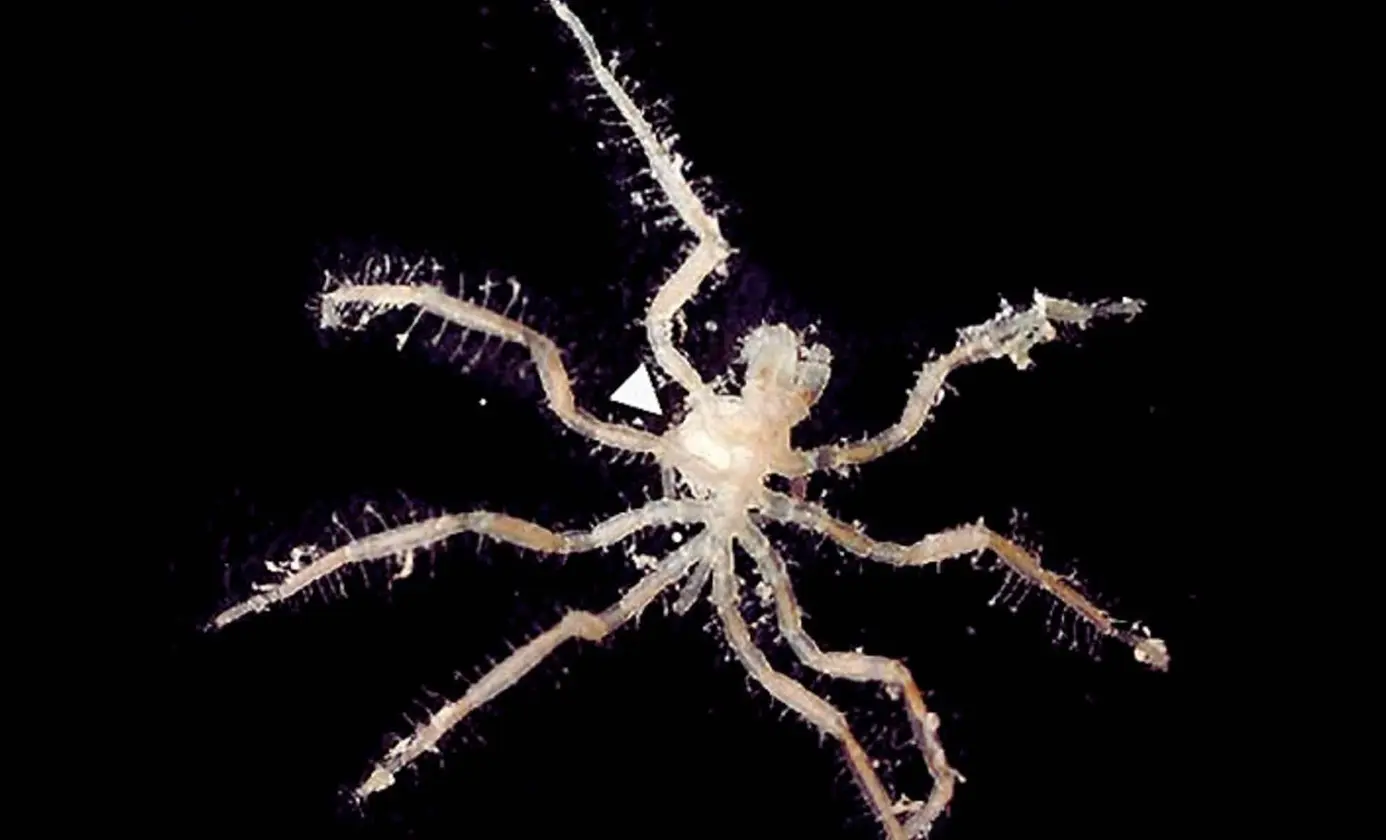
Sea Spiders Feed on Methane

Rapid CO2 rise could trigger mass extinction
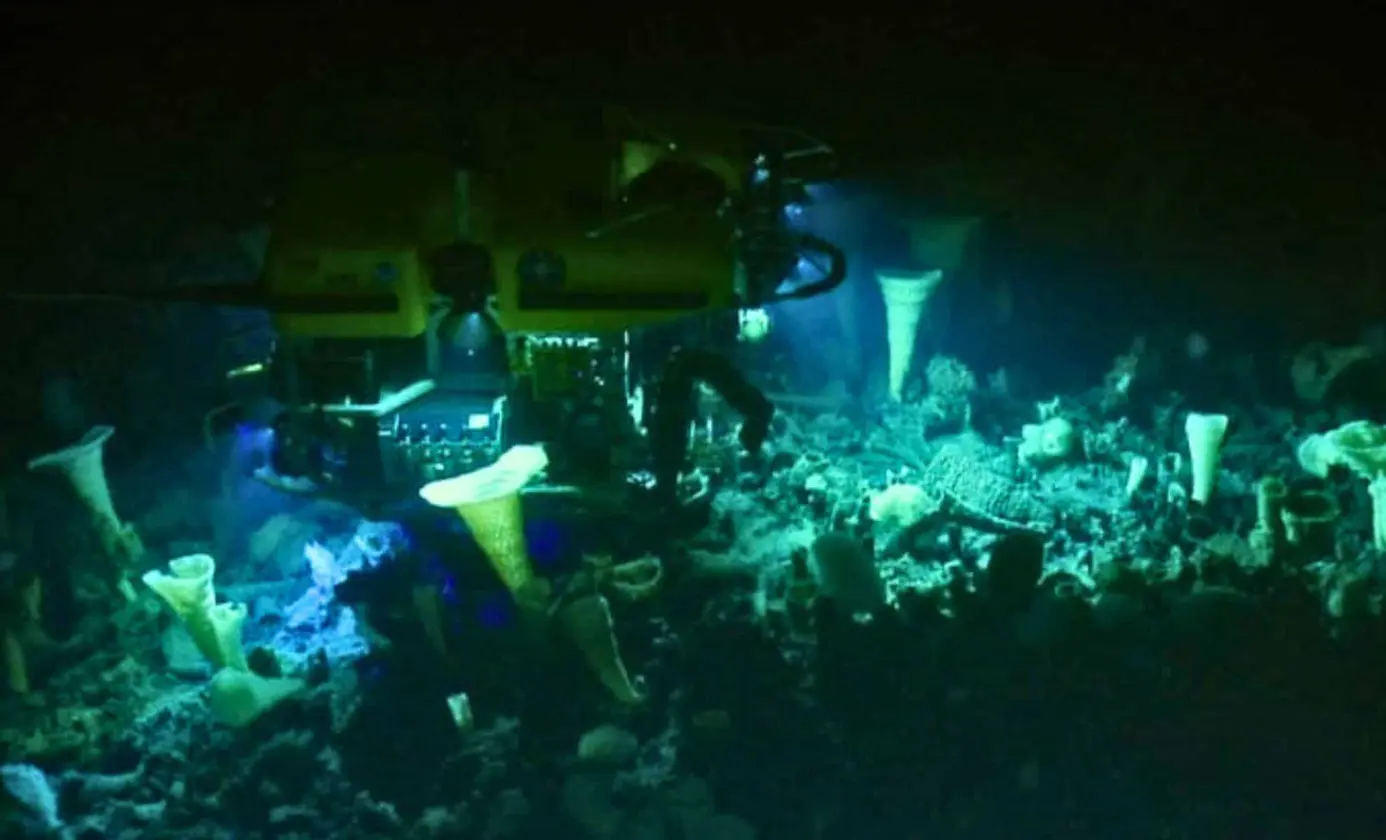
Scientists find living eggs in active underwater volcano

New Study Reveals Life Thrives Beneath Earth's Surface

Whale Fall Reveals Hidden Ocean Food Web
